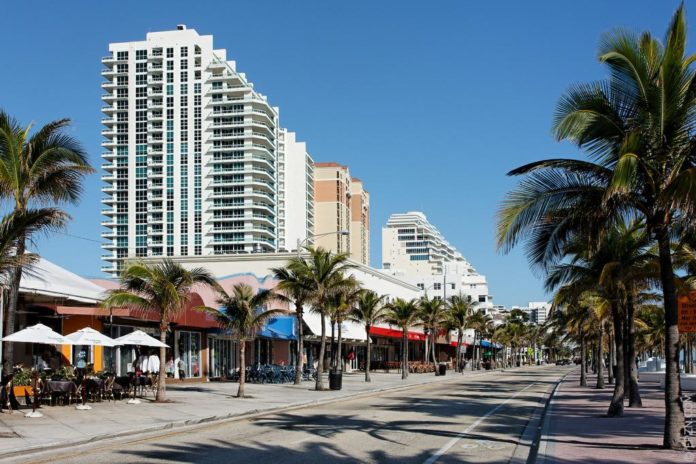Four-channel carrier aggregation uses three channels of unlicensed spectrum
Verizon Wireless is ready to start rolling out license-assisted access technology nationwide. Following a demonstration that delivered 953 megabits per second with commercial network equipment, the carrier’s VP of network support, Mike Haberman, said Verizon will be installing LAA* radios at select cell sites around the U.S.
“You’re going to see these pop up all across the country,” Haberman said. He said Verizon’s regional teams will be upgrading cell sites over the next several months according to their own timetables. Haberman noted that LAA cannot be implemented via software, but instead requires the addition of new radios to the cell sites. The radio used in Verizon’s recent demonstration was Ericsson’s micro Radio 2205 for LAA, an LTE radio that operates in the unlicensed 5 GHz band.
Verizon is aggregating three 5 GHz channels with one 20 megahertz channel of AWS spectrum. To reach the 953 Mbps achieved in its recent demonstration, Verizon combined four carrier aggregation with 4X4 MIMO* and 256 QAM.** Haberman said that some cell sites will get 4×4 MIMO and LAA at the same time, and that these site upgrades may also include the refarming of some 3G spectrum for LTE. He said Verizon’s 4×4 MIMO deployments include antennas from several vendors, and often use remote electrical tilts and other antenna-optimizing equipment. 4X4 MIMO antennas are already being deployed throughout Verizon’s network, and software upgrades to implement 256 QAM are starting this month.
Most Verizon subscribers don’t have a smartphone that supports these technologies, but that doesn’t mean they can’t benefit from the network upgrades. Haberman said smartphones enabled by Qualcomm’s X16 modem will leverage Verizon’s network enhancements to “get on and off the network faster,” leaving more capacity for other users.
If enough subscribers in an area have capable phones, all users should benefit. Right now there are just two smartphones on the market that support these technologies: the Samsung Galaxy S8 and the Moto Z2 Force Edition.
Verizon is not the only U.S. carrier to leverage LAA. AT&T is also testing the technology in combination with 4×4 MIMO and 256 QAM. T-Mobile is testing LAA, and has also made LTE-U available to its subscribers in a handful of cities.
Sprint is the only U.S. carrier that is relying entirely on licensed spectrum for superfast LTE. The company is taking advantage of its high-band spectrum by using massive MIMO antennas in combination with carrier aggregation and 256 QAM to boost LTE speeds.
*LAA combines licensed spectrum with unlicensed spectrum to increase network capacity. It is similar to LTE in unlicensed spectrum (LTE-U). Both technologies operate in the 5 GHz spectrum that is also used for high-speed Wi-Fi. LTE-U relies on a proprietary duty-cycling approach to minimize interference with Wi-Fi, and LAA uses a protocol called listen-before-talk, meaning that radios don’t transmit until the coast is clear.
**MIMO is multiple-input multiple-output and refers to the antennas on wireless transmitters and receivers. MIMO configurations use more than one antenna on the transmitter and on the receiver, boosting the number of potential data paths. 4×4 MIMO means four transmit antennas and four receiver antennas.
***QAM is quadrature amplitude modulation, and 256 is the number of points in the modulation scheme. At 256 QAM, each point, or symbol, can transmit 8 bits. Each time the QAM coefficient doubles, the number of bits per point increases by one.
Follow me on Twitter.

